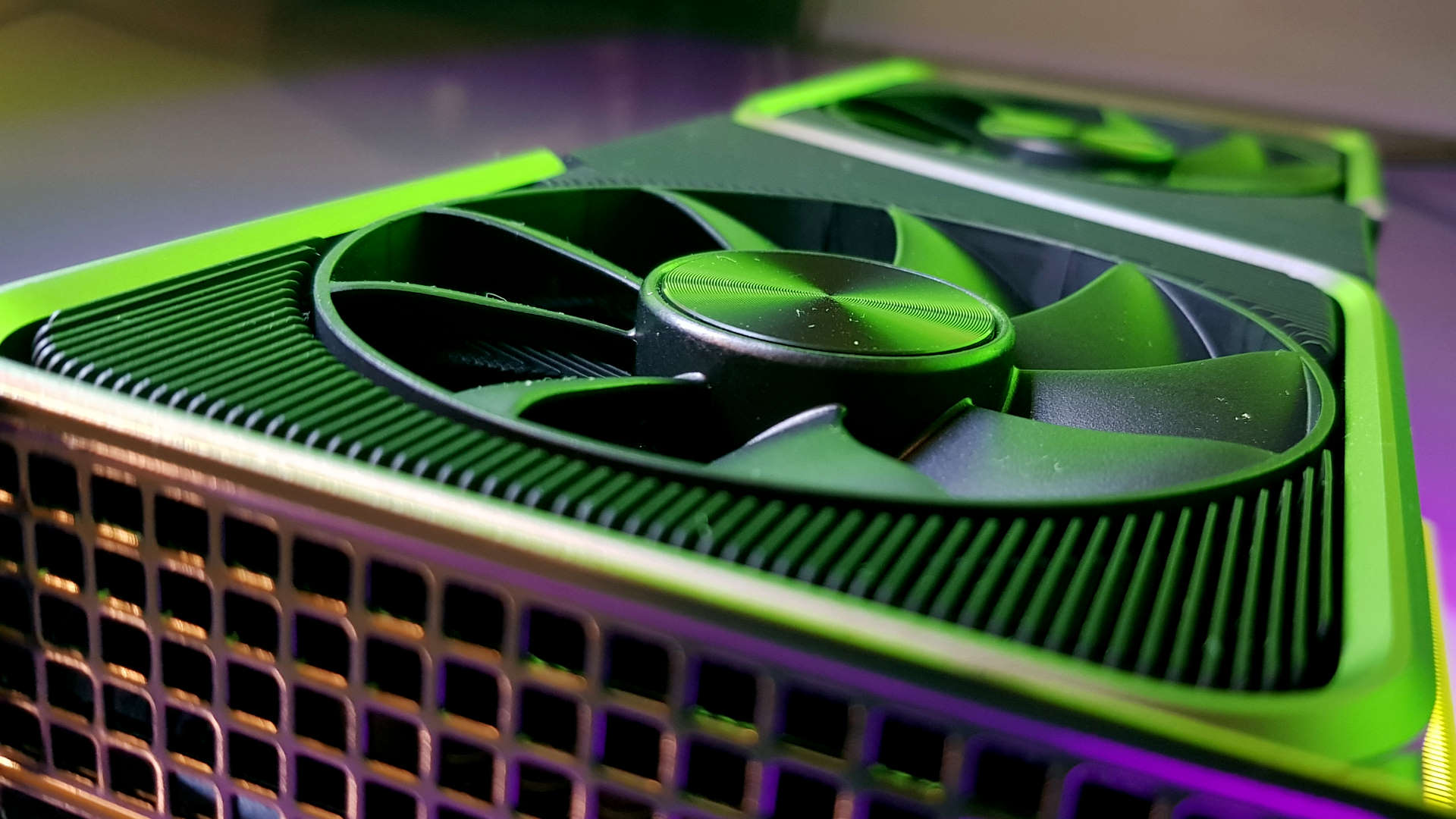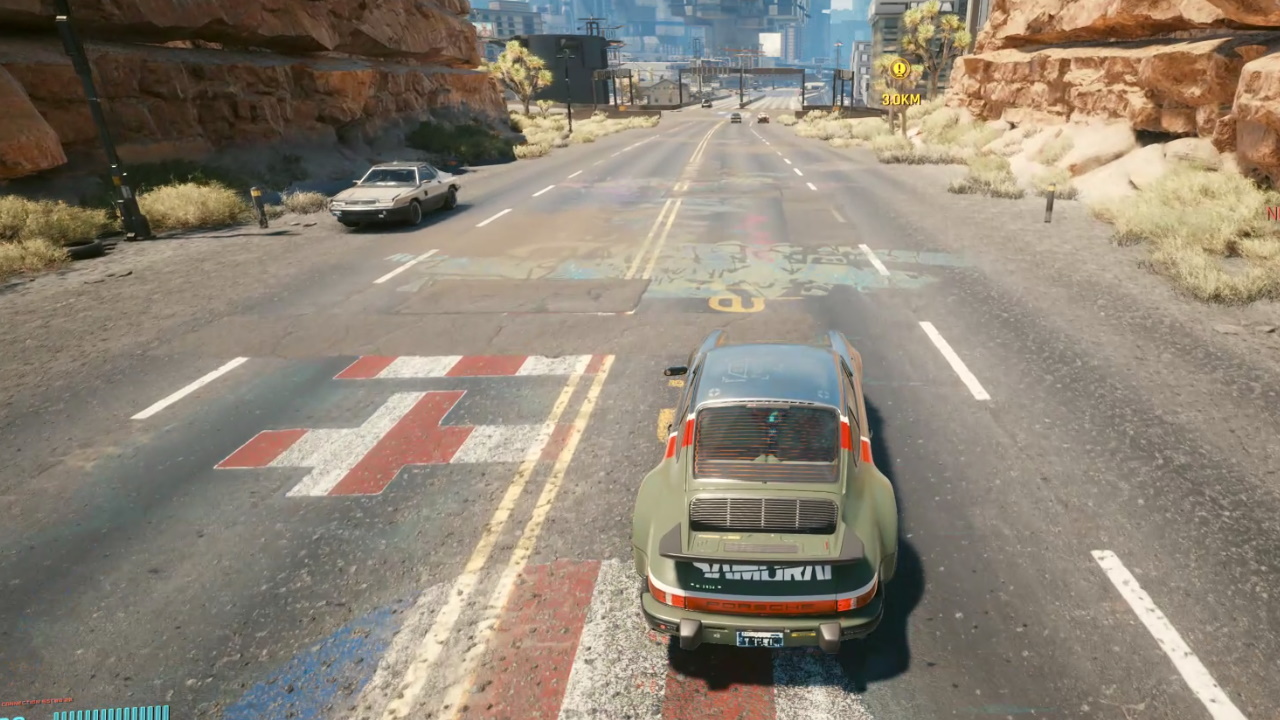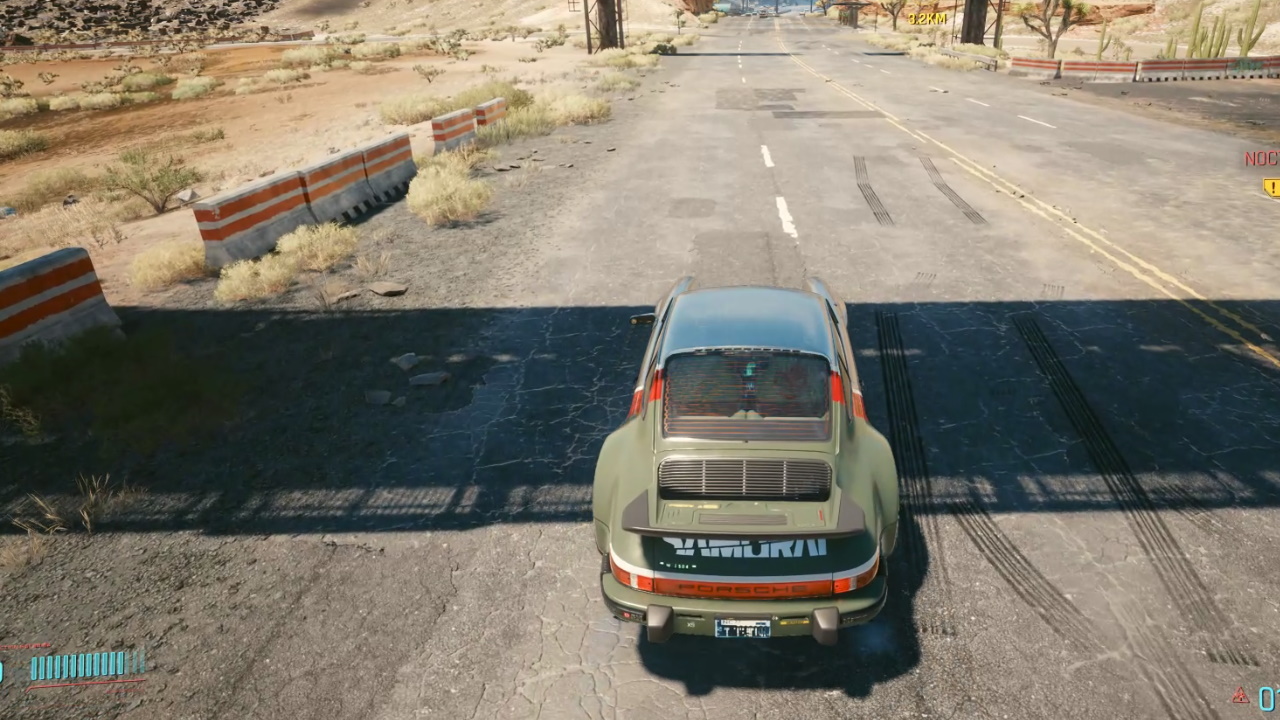I installed Nvidia's prototype DLSS builds and fixed Cyberpunk's most annoying visual bug
They're intended for developers, but actually work a treat for us gamers.

Nvidia has made a couple of its experimental DLSS builds available that could potentially sort out some of the artifacts you're experiencing in your games. The two builds, peculiarly called White Collie 1 and White Collie 2, are intended for developers to see what effect they have on their games, but you can also take these DLLs and drop them in your existing games to see if they improve things.
These new DLLs can be used with any existing DLSS 2.0 game. This is one of the beauties of DLSS 2.0, which, unlike the first iteration, isn't game-specific. Wolfenstein, Shadow of the Tomb Raider, Control, Cyberpunk 2077, etc. can all potentially benefit from a little experimentation.
The White Collie 1 build is designed to improve overall fidelity in moving objects and is worth checking out, but it's the second build that attempts to help with ghosting artifacts that is of interest to anyone that is running DLSS in Cyberpunk 2077. This is because ghosting is fairly apparent in CD Projeckt Red's game with DLSS turned on.
Well, it's apparent after you spot it for the first time, and then you can't help but fixate on it. The wing mirrors on cars leave a trail of ghostly shadows as you drive about Night City, and depending on the time of day, it can be surprisingly frustrating.
Here's a shot of the artifact on Jonny Silverhand's Porsche 911 Turbo.

Honestly, once you spot this, it's enough of an annoyance to make you turn off DLSS. But maybe, just maybe, these experimental modes will remedy the issue.
Simply download the White Collie 2 zip file, extract the nvngx_dlss.dll file, and then copy it across to your Cyberpunk 2077 folder. Specifically, you need to copy it into the Cyberpunk 2077/bin/x64 folder. There will be one there already, so you should definitely rename that so you can restore it if necessary—something like nvngx_dlss.original is a good call.
Keep up to date with the most important stories and the best deals, as picked by the PC Gamer team.

In the case of the ghostly wing mirror in Cyberpunk 2077, this did initially seem to solve the problem. On the same stretch of road, the Porsche was free of ghostly wing mirrors. At least it was until driving through a shadow of a roadside sign—and then there it was again.

Frustrating, but not as bad as seeing it everywhere. It doesn't appear in tunnels, just shadows, so it's definitely better than the original DLSS. And probably good enough to leave DLSS on. Possibly.
Unfortunately, you can't use DLSS Swapper to make such experimentation super easy to do, as that excellent little tool only works with the DLSS DLL repository stored on TechPowerUp. Still, that's another way of seeing if released DLSS models work with your games.
It's good to see Nvidia making these experimental versions available, and while they are intended solely for developers, getting more people using them is surely a good thing. And given this is all backed up by powerful deep learning machines, there's a bit of a homebrew feel to it.
Alan has been writing about PC tech since before 3D graphics cards existed, and still vividly recalls having to fight with MS-DOS just to get games to load. He fondly remembers the killer combo of a Matrox Millenium and 3dfx Voodoo, and seeing Lara Croft in 3D for the first time. He's very glad hardware has advanced as much as it has though, and is particularly happy when putting the latest M.2 NVMe SSDs, AMD processors, and laptops through their paces. He has a long-lasting Magic: The Gathering obsession but limits this to MTG Arena these days.


